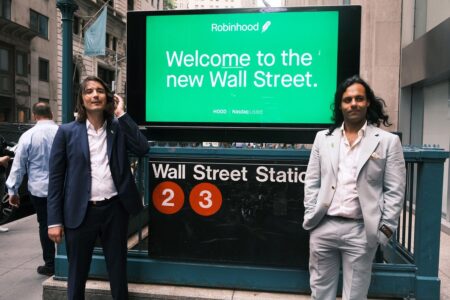Bruce Werner specializes in governance, strategy, finance and M&A. Author & Experienced Outside Director. Kona Advisors LLC.
A fourth-generation family business was heading into uncharted waters. The family consisted of two sets of cousins: a pair of brothers and a pair of sisters. The brothers had been running the business since their fathers retired. The sisters were passive owners, fully informed and had built successful careers elsewhere.
They were debating the future of their business, as all the owners either had or would soon retire. Some wanted to sell and maximize proceeds; others were more concerned with taking care of employees than making money. The two options under consideration were selling control or converting to an employee stock ownership plan (ESOP).
But time marched on. The two brothers were moving into retirement. The family appointed a senior manager to be the CEO, the first time a non-family person ran one of their businesses. It was an inflection point in the business and presented a risk going forward. The new CEO was young, had not managed this size of organization and would need a few years to mature in the position. The industry was undergoing a transition, which would likely prove to be difficult to navigate for any CEO.
Personal attachments can complicate business decisions.
The sisters were a few years older than the brothers and felt it was time to get their money out of the business. The brothers wanted to take care of the employees since they had spent much of their lives working with these people. While the sisters wanted to sell the business outright, the brothers wanted to convert to an ESOP to give the employees the benefit of future growth.
ESOPs are tax-advantaged and allow the sellers to get their cash and give equity to the employees, but they do put debt on the business. Employees receive value over time, but many employees don’t really understand equity or how an ESOP works. An ESOP does not pay the bills today. An ESOP pays fair market value and must operate within defined constraints.
The business never had debt, and the management had never had to manage bank covenants during a down cycle. Their industry was highly cyclic. But the business was highly profitable, growing strongly and had a great balance sheet. There would be buyers who would likely pay a synergistic premium above what an ESOP was allowed to pay.
Past success doesn’t always guarantee future success.
They knew that another option was to sell to the highest bidder and give cash bonuses to employees, which would provide immediate benefits. This was a simpler path with its own risks, but it should give all the owners what they want.
The brothers had an emotional attachment to the ESOP path since it would provide more of a legacy than cash bonuses. This created a conflict.
New leadership needs clear direction and support.
The new CEO was concerned since he knew the owners and how to work with them, and those relationships were an impetus to accepting the position. But he did not know who the trustees of the ESOP would be or how they would treat him. He would have several new bosses to learn how to work with while navigating a difficult market environment.
Each path has unique risks that need to be considered. Putting the business up for sale does not mean a deal gets done or on acceptable terms. The sale process may be difficult and expensive. This family was concerned about having to share their information with potential buyers.
Equal ownership without a majority holder can lead to gridlock.
The ownership structure did not have a dominant shareholder. Each of the owners had equal sway. Having worked together their whole lives, there were no surprises on who wanted what and how they would negotiate.
They were stuck since no one had the voting power to drive a decision.
The best choice might not appeal to everyone.
When they asked me what to do, I presented them with a different viewpoint. The analytics were easy. The family and the employees would likely be better off with a sale/bonus, where a new owner would invest in continued growth. It was simpler to explain than an ESOP. Not every employee would like it, and some would likely work elsewhere. No one owes you a job, you must earn your keep everyday.
An ESOP would not be able to provide growth capital or likely be able to attract new talent as well. It would create the incentive to turn the business from a growth engine to a cash cow to pay down the debt and fund additional purchases. If the business had a downturn, employees would lose value in their equity and would be unable to make individual decisions. It would make the new job harder for the CEO.
ESOPs are a great solution for some situations, but knowing the family well, I just didn’t think it was the best solution for their situation. In truth, we could make either path work for the family if they would just make the decision.
Waiting too long to make a decision can force unwanted outcomes.
I told them that if they did not figure this out soon, the decision would be made for them. While they dithered with indecision, one day, someone would get sick, incapacitated or die. They would be forced to buy back that person’s stock, as stipulated in the ownership agreement. This would force a sale at an inconvenient time since no individual, and likely not the company, could afford the buyout. Events would cascade from there. I was more concerned with the loss of control and what it would mean for the family and employees than trying to guess a perfect outcome.
While there may not be one right answer, they did need an answer. Balancing owner demands like this requires experience and judgment. At some point, a decision just needs to be made, even though not everyone will like it.
Forbes Business Council is the foremost growth and networking organization for business owners and leaders. Do I qualify?
Read the full article here











